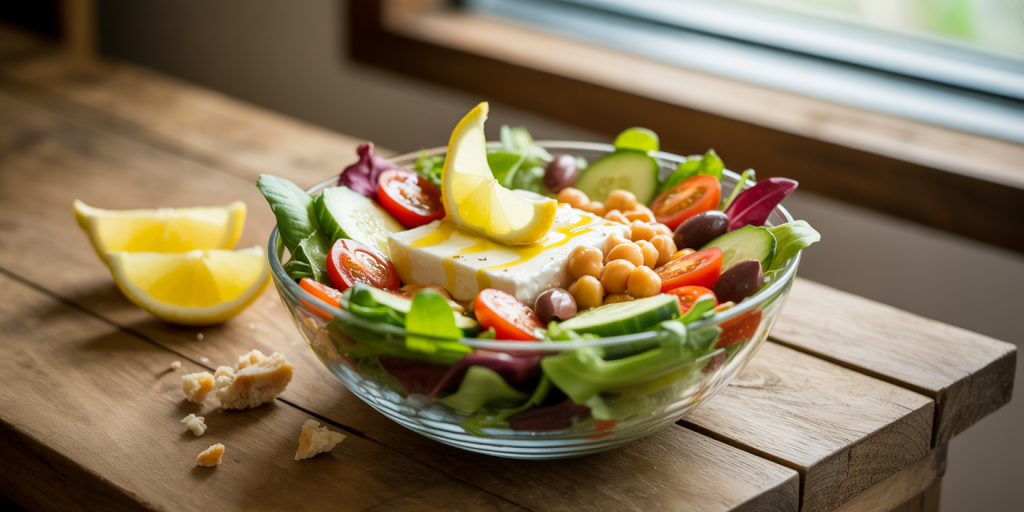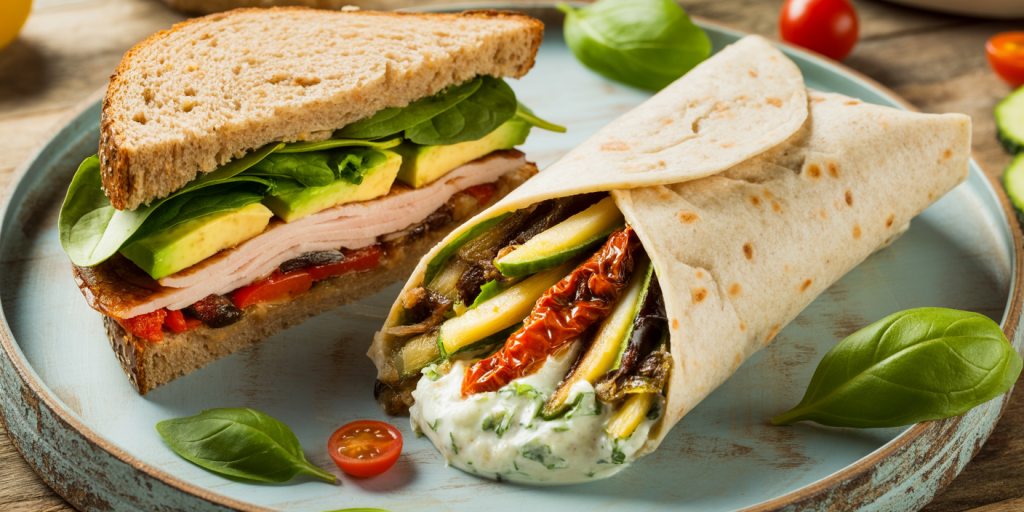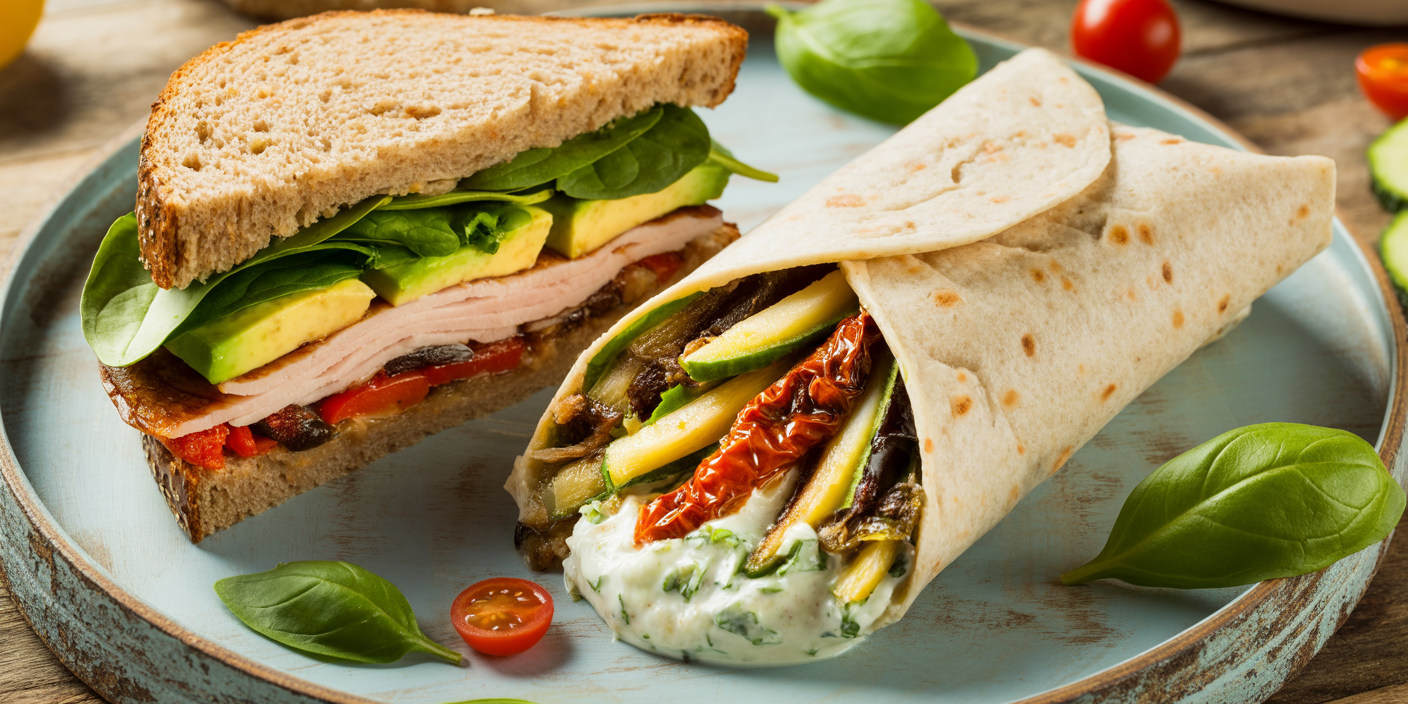In today’s fast-paced world, lunchtime often becomes a rushed affair, compounded further by limited access to microwave ovens in certain workplaces, schools, or outdoor environments. This has led to a surge in demand for lunch ideas that do not require reheating but remain flavorful, nutritious, and satisfying. Whether you’re a professional with a hectic schedule, a student looking for easy meal prep, or simply someone who prefers fresh meals throughout the day, knowing how to craft microwave-free lunches can significantly enhance your daily nutrition and enjoyment.
According to a survey by the U.S. Department of Agriculture, nearly 60% of Americans rely on microwaves to reheat their lunch at work. However, microwaves aren’t always available or desirable due to concerns over uneven heating or nutrient degradation. This article explores practical, delicious, and health-conscious lunch ideas that can be enjoyed cold or at room temperature, ensuring your midday meal remains both convenient and appetizing.
Fresh and Flavorful Salad Bowls
Salad bowls are an excellent option for lunches without the need for any reheating. They are highly customizable, easy to prepare, and offer a balance of macronutrients when designed thoughtfully. Incorporating protein, healthy fats, and a variety of fresh vegetables ensures the meal is filling and nutritious.
For instance, a Mediterranean-inspired salad bowl might include mixed greens, cherry tomatoes, cucumbers, chickpeas, olives, feta cheese, and a drizzle of olive oil and lemon juice. The chickpeas add plant-based protein, while the olive oil provides heart-healthy monounsaturated fats. This meal requires zero heat and takes under 10 minutes to assemble, making it ideal for busy individuals.

Moreover, salads such as a quinoa and black bean variant provide complex carbohydrates and fiber, helping to maintain stable blood sugar levels and sustain energy throughout the afternoon. Quinoa, a complete protein, pairs well with avocado slices, diced bell peppers, and a tangy cilantro-lime dressing to boost flavor.
Real case: A New York-based marketing executive shared that prepping several salad jars during the weekend helped her avoid dependence on office microwaves. She noted that this habit not only saved time but also improved her digestion and energy levels.
Sandwiches and Wraps: Beyond the Basic PB&J
Sandwiches and wraps are classic lunch options that do not require reheating, but they often get pigeonholed into boring territory. Elevating these with fresh, varied ingredients can transform them into gourmet midday meals that satisfy both taste buds and nutritional needs.
Consider a whole-grain sandwich layered with smoked turkey, avocado slices, spinach leaves, and roasted red peppers, paired with a smear of hummus instead of mayonnaise. This combination provides lean protein, fiber, and essential fatty acids, creating a wholesome meal that keeps you full for hours.
Wraps offer a versatile alternative, especially those featuring grilled vegetables, beans, cheese, and salsa wrapped in a whole wheat tortilla. For example, a Mediterranean veggie wrap with roasted eggplant, zucchini, sun-dried tomatoes, and tzatziki sauce is refreshing and packed with antioxidants. The portability and compactness of wraps make them ideal for people on the go.

Data indicates that sandwiches constitute around 40% of all packed lunches in workplaces, according to a report from the National Lunch Association. By incorporating color and nutritional density, sandwiches can be both appealing and healthful without overheating.
Protein-Packed Bento Boxes for Balanced Nutrition
Bento boxes, inspired by Japanese cuisine, are a clever way to incorporate multiple food groups into a microwave-free lunch. These compartmentalized containers combine proteins, carbohydrates, and vegetables, often enjoyed cold or at room temperature without compromising flavor.
An example bento box might include grilled chicken strips or tofu cubes, steamed edamame, a portion of brown rice or soba noodles, carrot sticks, and a small fruit segment for dessert. This box offers roughly 500-600 calories, suitable for most adult lunch needs, based on nutritional databases such as MyFitnessPal.

Additionally, bento boxes encourage portion control and variety, reducing lunchtime monotony. A registered dietitian noted in a 2023 study that users of bento lunch systems reported higher satisfaction with their meals and tended to consume more vegetables on average.
Practical tips for bento preparation include pre-cooking proteins and grains on weekends and assembling fresh veggies last minute. Increasingly, insulated bento boxes with built-in compartments for sauces and dips ensure meals stay fresh and appetizing.
Hearty Grain and Legume Salads
Grain and legume salads combine carbohydrates and plant-based proteins, making them ideal for endurance and cognitive function during busy work or study days. These meals are usually served cold, showcasing their natural flavors and textures without the need for heat.
A popular example is a farro salad with roasted butternut squash, kale, pepitas, and dried cranberries tossed in a maple vinaigrette. Farro, an ancient wheat grain, is rich in protein, fiber, and iron, creating a filling base. Pairing it with antioxidant-rich vegetables and nuts offers a nutrient-dense experience beneficial to overall health.
Chickpea and lentil salads are also gaining popularity, supported by data from the Plant-Based Foods Association showing a 27% year-over-year increase in plant protein consumption in 2023. Combining lentils with diced cucumbers, tomatoes, parsley, and a tahini dressing makes a Mediterranean-inspired lunch that is easy to prepare and packs well in containers.
A comparative look at common grain options is useful for choosing the right base:
| Grain Type | Protein (per 100g cooked) | Fiber (g) | Cooking Time (minutes) | Common Pairings |
|---|---|---|---|---|
| Quinoa | 4.4 | 2.8 | 15 | Black beans, avocado, lime |
| Farro | 5.5 | 3.0 | 30 | Pumpkin, kale, pepitas |
| Brown rice | 2.6 | 1.8 | 45 | Stir-fried veggies, soy sauce |
| Barley | 3.5 | 3.8 | 40 | Mushrooms, carrots, parsley |
This table allows users to select grains based on their protein content, fiber, and preparation time—important factors when planning no-microwave lunches.
—
Portable Protein Snacks: Fuel Without Heat
Not every lunch has to be a full meal; sometimes, portable protein snacks provide the perfect solution, especially in situations where traditional lunch breaks are short or absent. Protein-rich snacks maintain energy levels and reduce overeating later in the day.
Examples include hard-boiled eggs, Greek yogurt cups with mixed nuts, cheese sticks, or ready-to-eat canned tuna or salmon packets. These choices require no preparation and are enjoyed cold, making them optimal for outdoor work, field trips, or travel.
Nutritionists recommend aiming for 20-30 grams of protein per midday serving to maintain muscle mass and stabilize blood glucose. A 2023 study in the Journal of Nutrition Reports found that individuals consuming higher-protein lunches exhibited improved concentration and reduced mid-afternoon fatigue.
For vegetarians and vegans, options such as roasted chickpeas, nut butter packets on apple slices, or edamame pods can satisfy protein needs while avoiding reheating.
The Future of Microwave-Free Lunches: Trends and Innovations
As society increasingly prioritizes health, sustainability, and convenience, the food industry and consumers are driving innovations in microwave-free lunch solutions. Meal delivery services are introducing more fresh, ready-to-eat options that emphasize local produce and whole ingredients. This shift aligns with consumer data showing a 43% rise in demand for fresh meal kits from 2021 to 2023.
Technological advancements in packaging also play a role. Vacuum-sealed containers and insulated lunchboxes with separate compartments for shelf-stable and fresh ingredients improve both food safety and experience without the need for reheating. Smart containers that regulate temperature or include freshness indicators are on the horizon, enhancing the appeal of non-microwaved meals.
Furthermore, workplace cafeterias and schools are adjusting their offerings to include more microwave-free meals by providing chilled salad bars, sushi, grain salads, and sandwiches, reflecting consumer preferences and dietary trends.
Environmental considerations also support microwave-free lunches. By reducing dependence on electrical appliances and minimizing energy consumption, these meal ideas contribute to lower overall carbon footprints, aligning with global sustainability goals.
In summary, continuing to explore creative, nutritious, and convenient lunch options that do not require microwaves will cater to evolving lifestyles and dietary needs. It promotes better health outcomes, flexibility, and a richer culinary workday experience.

Deixe um comentário